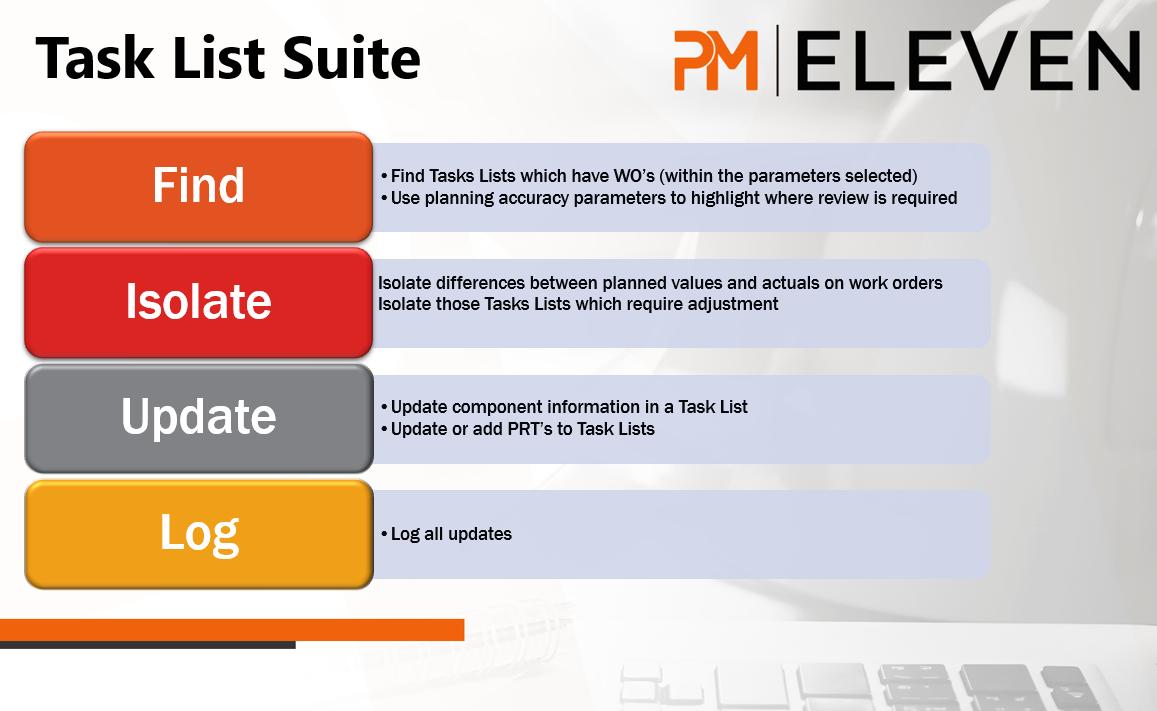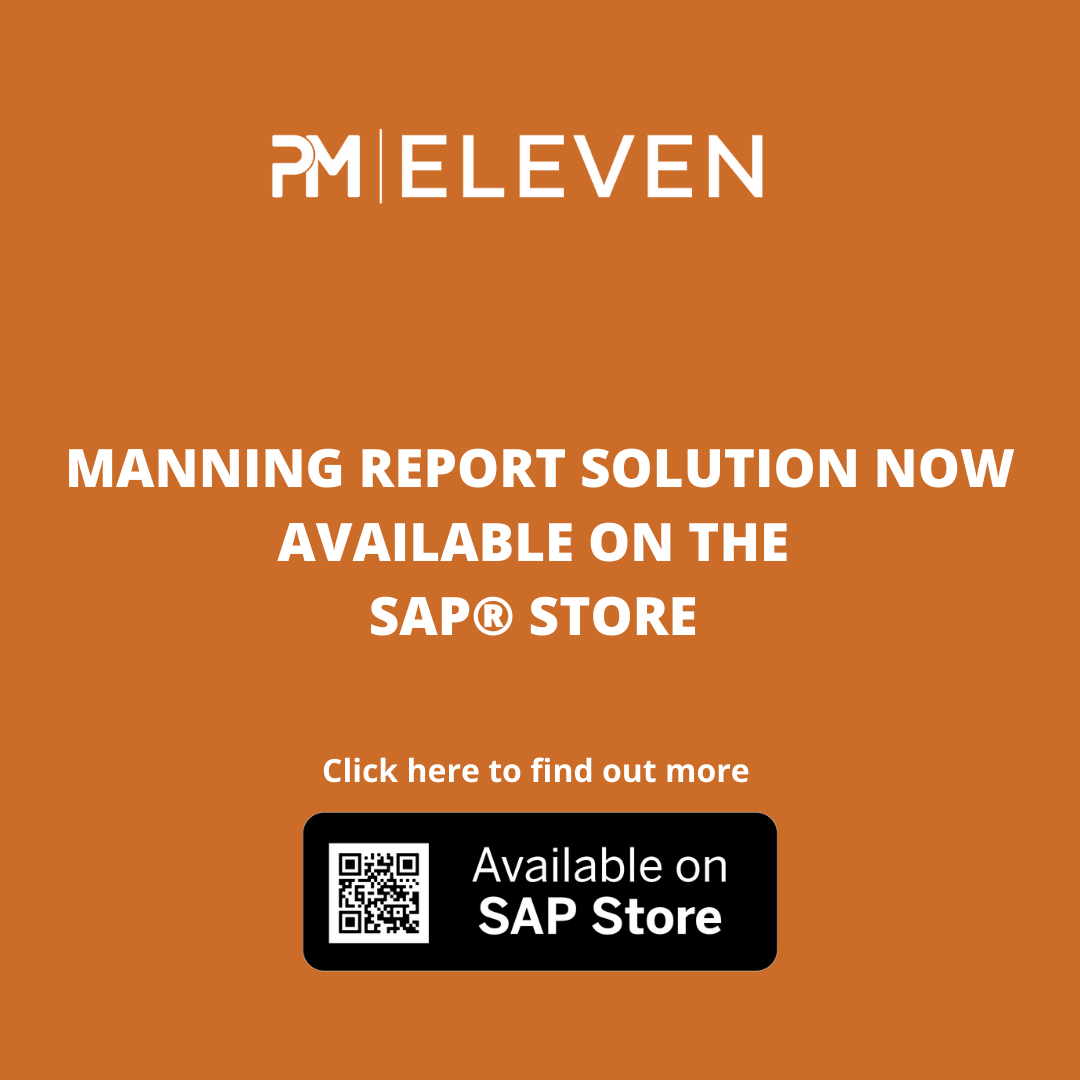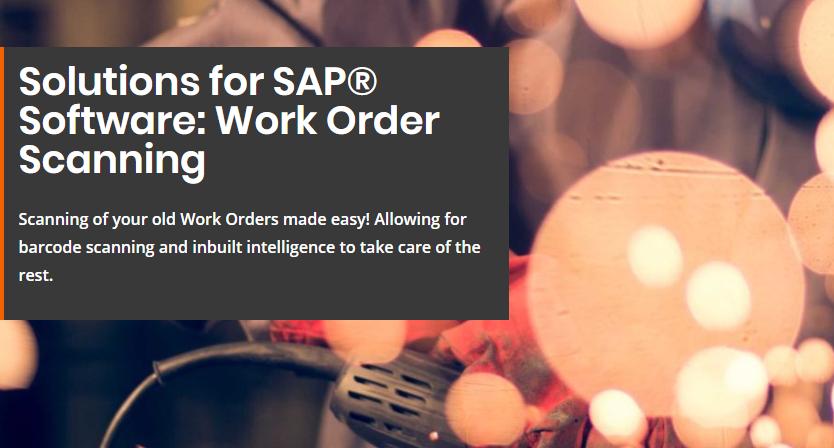
In the fifth of a series of posts by Mark Cooper, CEO of PM Eleven, we will continue the discussion regarding the essential guidelines for an Ellipse to SAP migration, and particularly continuing the discussion regarding Data.
Using our (PM Eleven team) extensive experience in SAP projects over more than 25 years, we will expose the key lessons learned for application to any Ellipse to SAP conversion.
Scoping the data migration exercise
In the previous post, I outlined some thoughts on the importance of focusing on the quality, quantity and context of data to be migrated so that you can be operational from day 1 in SAP.
It is very important to understand that data quality (whether in Ellipse or SAP) has a direct correlation to good business process! (Note: I’ve avoided the words “best practice”).
You can spend millions of dollars in transferring high-quality data from your legacy system, and if you haven’t focused on defining a quality (practical) business process design in your new SAP system, then that quality of data generally will deteriorate pretty quickly.
Scope:
When talking about the scope of a data migration exercise, it may be (idealistically) desirable for some people in the business to demand the migration of historical transactional data, however, this approach ratchets up the risk, time and cost of a project exponentially. This is where strength in leadership is required.
For most customers, it is enough work to simply transform the basics:
- master data (vendors, materials, equipment, customers, service masters, etc)
- balances data (account, stock, etc)
- open item data (purchase requisitions, purchase orders, payables, receivables, etc)
The middle ground for debate is, in my opinion, normally acceptable to take (assuming it is available), those things that have value in new system, including things like consumption history for Inventory Items (warehouse stock), Work Order Item (operation) total costs, etc.
And then there is the detailed historical data. (e.g. transactions, operational level work order postings/details, etc). This is sometimes a difficult topic. In some jurisdictions, the holding of detailed transactional data (particularly financial) is required by law and cannot be ignored.
Irrespective, in pretty much all migrations I have been involved in, this detailed data has either been retained in the current system (which moves to review mode) or transferred to a separate system or database for subsequent review, reporting or analysis.
One thing is for certain from my experience, the really good Ellipse users should be respected for the data that they have cultivated. Some of that data holds significant business value, with years of continued adjustments and learnings applied.
Some of those things are stock re-order points, material delivery durations, lag times, contract rates & limits, equipment conditions, warranty information, corrective maintenance frequencies, etc).
If we ignore these in the consideration of data migration, the new SAP business process may become inefficient or potentially wasteful (e.g. if the contract isn’t loaded with applicable rates and scales, then it could lead to work being planned without a clear understanding of cost, Purchase Orders going out with incorrect rates, volume discounts missed, etc.)
Next post, I’ll share a customer case study of what they got right and what they got wrong.
Final Thoughts
Also, let us know how PM Eleven can help with your drive to Solutions for SAP ® or Mobility Services, you can schedule a 30 minutes free call with us following this link.
If you want to join us on this journey and see where it takes us – please Contact Us or Follow our LinkedIn Page.







